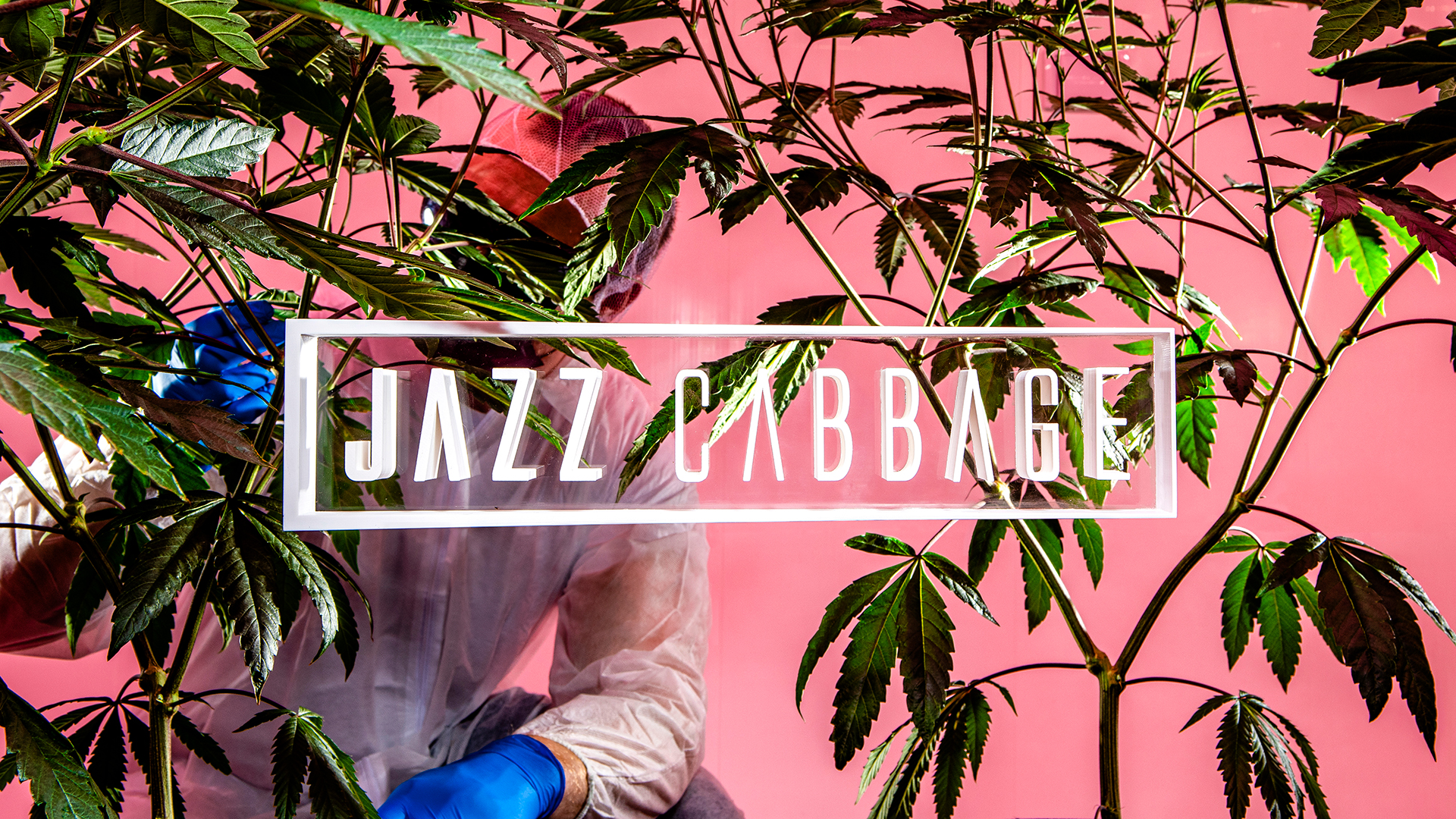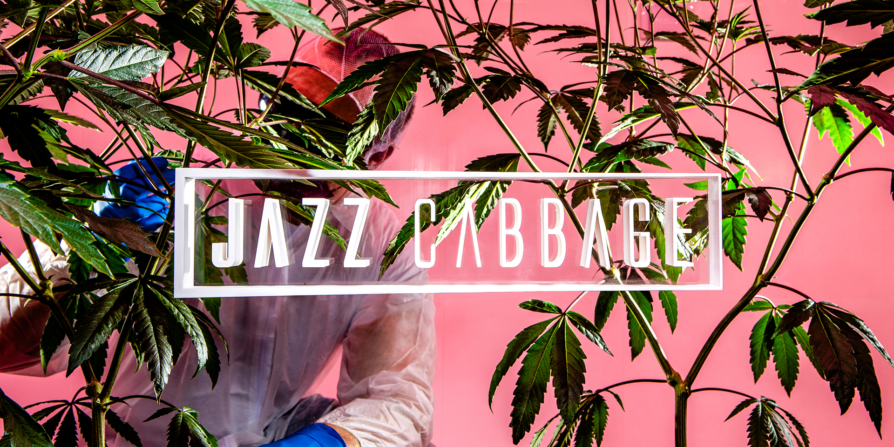
Jazz Cabbage: reengineering the cannabis industry
When a group of engineers decided to start a cannabis business, their focus naturally turned to efficiency. By combing the best of what nature and technology have to offer, they aim to grow a superior product while using less energy, water, and soil.
We spoke to Sam Harrison, Co-Founder of Jazz Cabbage Gardens Inc., to learn more about the team’s sustainability practices and how they’re putting environmental responsibility at the root of their brand identity.
How did your team’s engineering backgrounds guide your approach to starting a cannabis business?
When we started looking at the cannabis industry, we decided that we only wanted to enter if we could contribute something new and meaningful to the space.
In the early days, we spent month after month obsessing over how we would design our “ideal” facility. We went over every detail of every possible piece of equipment looking for the best that was out there, while also looking for areas that could be improved. We were continually amazed at the energy usage that our facility would have, and to a greater extent the energy usage of the industry as a whole.
That’s when we found our path forward and how we would bring something new to the party: sustainability and resource efficiency. From there it snowballed into where we are today – trialling our “proof of concept” facility with custom lighting, watering, and controls systems with a continuous goal of reducing our energy usage.
 Jazz Cabbage’s custom made lighting rig is liquid cooled to reduce the cooling demands of the room.
Jazz Cabbage’s custom made lighting rig is liquid cooled to reduce the cooling demands of the room.
Can you walk us through your water and energy efficiency strategies?
Our strategy isn’t particularly groundbreaking – it boils down to the three “Rs” we learnt as kids: reduce, reuse, and recycle
We tackled the first “R” (reduce) by designing our own LED lighting system that’s able to reduce the heat output by up to 70% compared to conventional LED cultivation lights. This in turn reduces the amount of air-conditioning needed, thus reducing our energy requirements by a substantial amount. That sums up the first “R” in a nutshell, but in reality it took 4-6 prototypes over 2-3 years with countless R&D hours before we took the leap of faith on our light build for the facility.
Next, we looked at reuse. Here we saw two waste streams that, with a little work, could be reused: soil and water. Our soil is a living soil that we test, re-amend, and reuse. As for water, we grow in a sealed environment where we recapture and filter all condensate that comes off the air-conditioners and dehumidifiers. We’re currently reclaiming 95% of our input water.
Lastly, when we looked at the recyclability aspect, we had to look at the final consumer packaging we’d use. We wanted to make sure we were using something that had a robust history of manufacturing efficiency and recyclability, and we were able to find a metal tin solution that has received some great reviews so far.
But we didn’t want to stop there. Before getting our product to market, we wanted to find some solution for the energy we were using. Then we found Bullfrog Power, and by working with you we’re able to procure our power from green energy sources, reducing our dependence on polluting forms of energy!
All of this isn’t to say we’re perfect. There will always be improvements to be made, but that’s why we wanted efficiency and sustainability to be a part of our company culture – so that everyone who works here is constantly looking around for ways to improve.
Tell us more about your living soil-growing techniques.
In developing a living soil, we endeavour to create a functional ecology with a diverse representation from bacteria, fungi, nematodes, acarids and insects – all benefiting from and feeding back to a thriving plant vitality.
We recruit trillions of eager workers in our soil, offering a salary generated directly by the plant and soil system. Production and quality are increased through living intelligence, while the costs associated with media replacement and chemical interventions go down. For instance, our cooperative organisms naturally outcompete the chemicals that are typically used to suppress pathogens.
These principles are important for our business’s bottom line and our brand identity, but also for the profound satisfaction we feel through our living engagement with this process.

How do you balance using natural techniques and delivering a consistent product?
The short answer is: it’s all about data collection and control. While growing the plants, we’re constantly sending soil and tissue samples to labs for testing to ensure that the plants have everything they need to reach their fullest genetic potential. That data feeds back into our soil recipe, irrigation strategy, and environmental control system.
As a relatively new industry, do you think cannabis is well positioned to be environmentally sustainable?
We really do hope the cannabis industry can – and will – make a strong shift to being environmentally sustainable. When it comes down to it, this is a sector of agriculture with a high-value crop. To us that means we should be pushing the envelope forward in terms of sustainability every chance we get, with the hope that some of the technology and processes we develop can trickle into other industries as well.
At the start of legalization, there was definitely a rush to build facilities and get product on shelves no matter what the cost, but now we’re starting to see more smaller producers popping up with a real passion for the product and its potential. This continued growth should see more iterations of facility and equipment design that will improve efficiency. In 5-10 years, it’ll be very interesting to look back and see how far the industry has come, and hopefully for the better. We are just excited to be a small group of people trying to make big changes.
